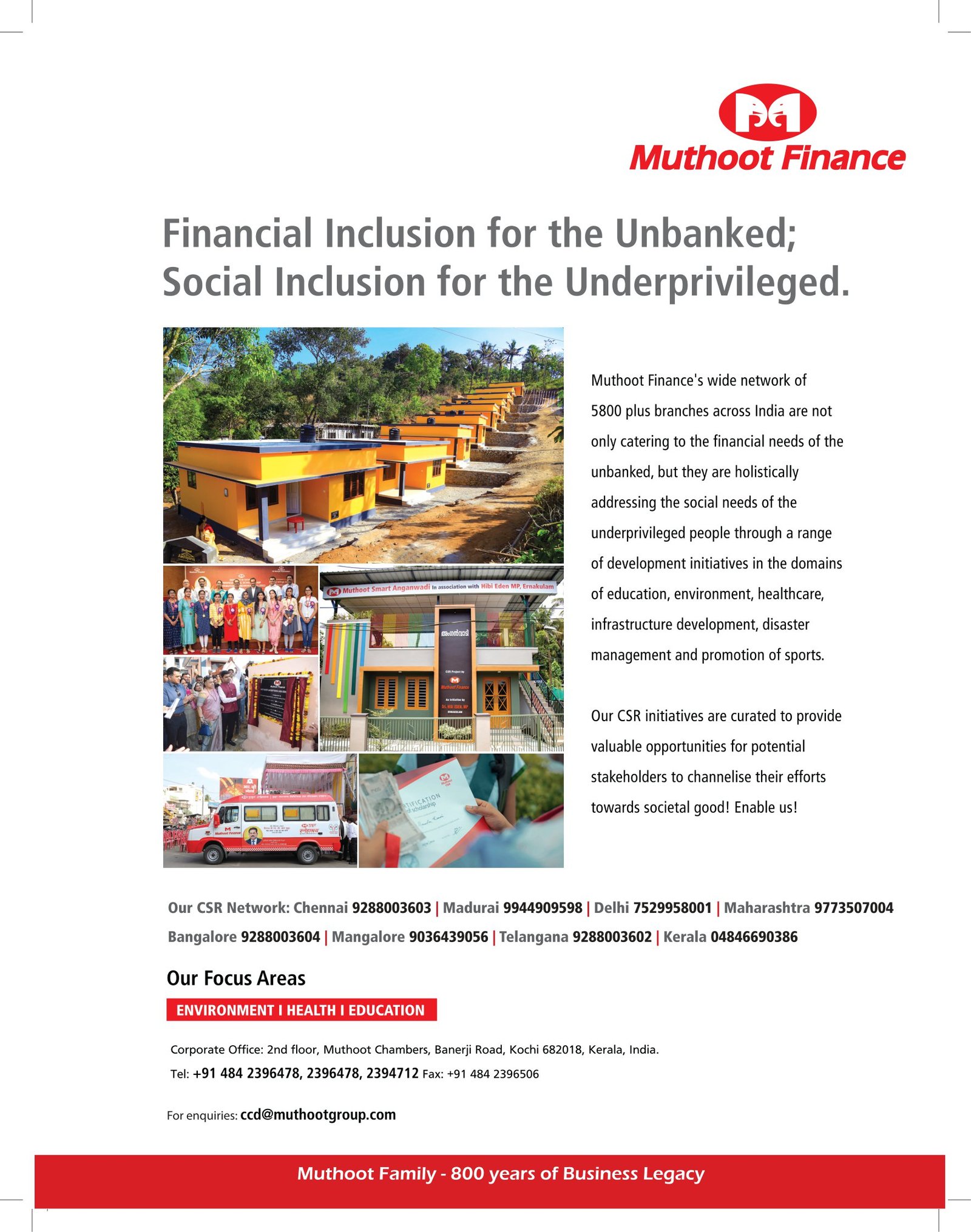
The success of CSR has emerged as a culmination of a multipronged approach. The most important in order of priority is the engagement or joint participation of the employer and employee. Increased employee engagement rests on the rock-solid bed of the organization’s commitment and enthusiasm toward CSR initiatives. A cursory stocktaking of what goes into this engagement would reveal two pertinent points. The first is, giving regular updates in a bid to promote complete transparency to promote these initiatives, and the second seeking suggestions from employees for constant improvements to inculcate a sense of participation and importance for them.
Organizations invest considerable, time, money, and effort into CSR activities to give back to society and build a credible and positive image for both its internal and external public. When employees participate in CSR projects, it should stem from a genuine sense of participation and giving back to the community rather than a compulsion. They should be driven by a sense of involvement and contribute to a measurable social impact on their communities and the environment.
A Harvard Business School blog post, mentions that 90 % of purpose-driven, motivated, inspired, and loyal employees display these traits for organizations that have a strong and meaningful purpose that is reflected in their CSR objectives.
The most critical challenge faced by organizations, however, is to devise strategies and plans to motivate the employees to look beyond their paychecks and their regular duty hours and contribute towards the CSR initiatives curated by the organization. While kickstarting employee engagement is a clincher, sustaining and enhancing it too remains an integral part of the entire employee engagement process.
A few suggested steps could be – aligning the organizational values with the employees’ values, promoting a sense of transparency by providing information that is clear and concise, and looking at ways to incentivize employee participation in CSR initiatives. Tangible benefits go a long way in ensuring results and positive outcomes. The main challenge is to make the intention of making a difference in society work and deliver. The successful amalgamation of noble intent and successful execution.
Further elaboration on aligning organizational values with employees’ values would reveal that devising CSR objectives is a very crucial task and works on common sources of interest. It has to be a two-way street as they say. If for example environmental sustainability and stewardship are taken up as CSR objectives, they may be split into various active engagement boosters that can trigger interest in large numbers of employees. If for example, afforestation is taken up to promote a clean and green environment, this broad category can house various subcategories, like promoting the natural habitat of birds, bird conservation, minimizing air pollution, restoring the green cover, and so on. This will ensure that even if the broad category does not resonate well with the employees there is sure to be an aspect of it or a sub-division that will call for due engagement. The objective of all CSR initiatives should be to go beyond generalizations and broad categories to specific sub-divisions that can enlist active participation from a large number of employees.
This can be initiated by stating the organizational values in the job descriptions of employees. This can be stated during the interview process and post-selection carried through to the induction process and due evaluation at regular intervals done by the CSR and HR Team to ensure the sustainability of the interest in the organizational objectives. The initial selection process can take into consideration an employee’s interest in giving back to the community. The organization can discreetly key its’ CSR objectives into the hiring process, thus motivating the employees right at the start of their company career.
Employees can be encouraged to contribute to community causes that they are passionate about, thus eliciting excitement and interest from them as against imposing their support for certain CSR causes. Certain key causes that the employees support can be included in the broader organizational initiatives. The adoption and support for local causes can hold the company in good stead, thus promoting a positive image and goodwill in the community. If the local causes require regular support and help, they can be incorporated into the company’s CSR agenda and plan. This can be a strong foothold for engaged employee involvement. Giving employees recognition for either their ideas or actions is a good starter for achieving CSR success. All efforts should be made toward translating values into actions. The HR and CSR Teams of any organization must engage with the employee at periodic and regular intervals to find out their interests in social and CSR activities.
The next crucial step on the CSR agenda should be to provide clear information about the CSR initiatives. Information on the activities and urging them to participate should form the crux of a successful CSR execution plan. Encouraging and involving them in the CSR causes and then rewarding them, either through appreciation or material rewards like incentives will go a long way in boosting the success of these CSR initiatives.
Corporate volunteer programs should be encouraged so that employees can invest their time and energy beyond their working hours, or even if they have to do it during their working hours depending on some urgent requirements to do so they should safely be able to do so without receiving any penalties, reprimands or facing the risk of losing their jobs. Financial donations although important, if unable to create the required involvement from employees can be tweaked into participation through volunteering and investing their time in the CSR causes. The employees can mentor, train, and educate the needy as volunteers for educational programs. Organizations can motivate employees to participate for example to “go green.” This can be initiated internally by encouraging them to take small steps that contribute eventually to the larger picture of environmental sustainability. Eliminating the use of paper, walking or cycling to work, reducing their carbon footprints by taking small actions, contributing towards recycling of plastic bottles or cans and so on can be very helpful.
Participation in CSR initiatives can be incentivized as a firm step towards increased employee engagement. Recognition of active employees for example by hosting lunches or dinners in their honor, recognizing them in the in-house magazines or bulletin boards, and so on are some other ways. This promotes a spirit of camaraderie and healthy competition. Volunteer grants for employees who invest their time beyond a certain number of hours after their regular jobs can be awarded. Promote a fun culture where employees see this more as an enjoyable activity rather than a “push it down the throats’’ mandatory and unavoidable.
Employee engagement has a long-term benefit. It attracts good talent, creates involvement, and ensures good work output by motivated employees willingly working towards a common cause aligned with the organizational objectives. An engagement theory that prompts the employees to invest themselves wholeheartedly in the workplace will do away with low levels of employee engagement. A bottom-up rather than a top-down approach must be adopted for an engaged employee workplace.
In conclusion, it can be safely derived that the engagement theory has many angles to it. Although it is primarily focused on the organization and the employee, if the employees are engaged the organization benefits as they contribute towards its objectives, and once an organization benefits the society and community benefit. The main objective that is often missed here though is the benefit of the employee, the satisfaction that they draw from either the tangible or intangible benefits, or a combination of both which rests on the bedrock of employee engagement!


















